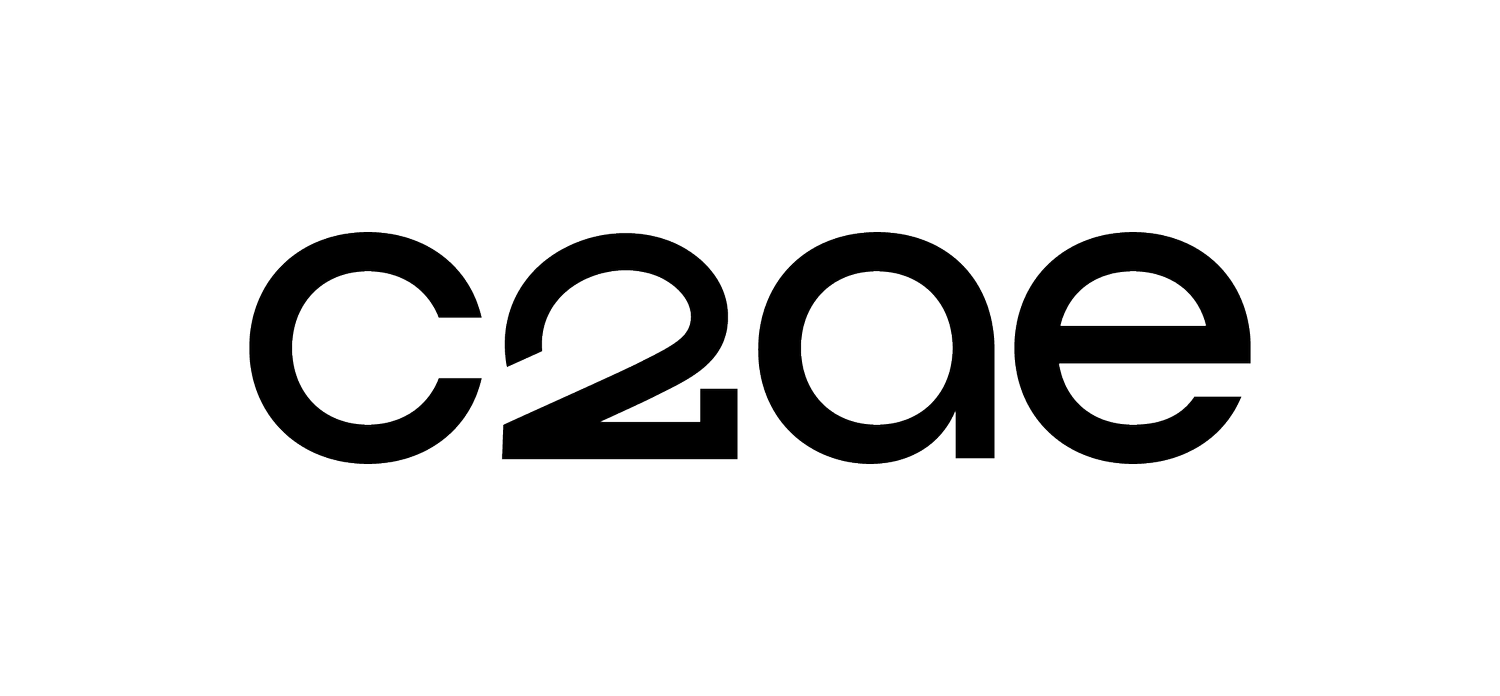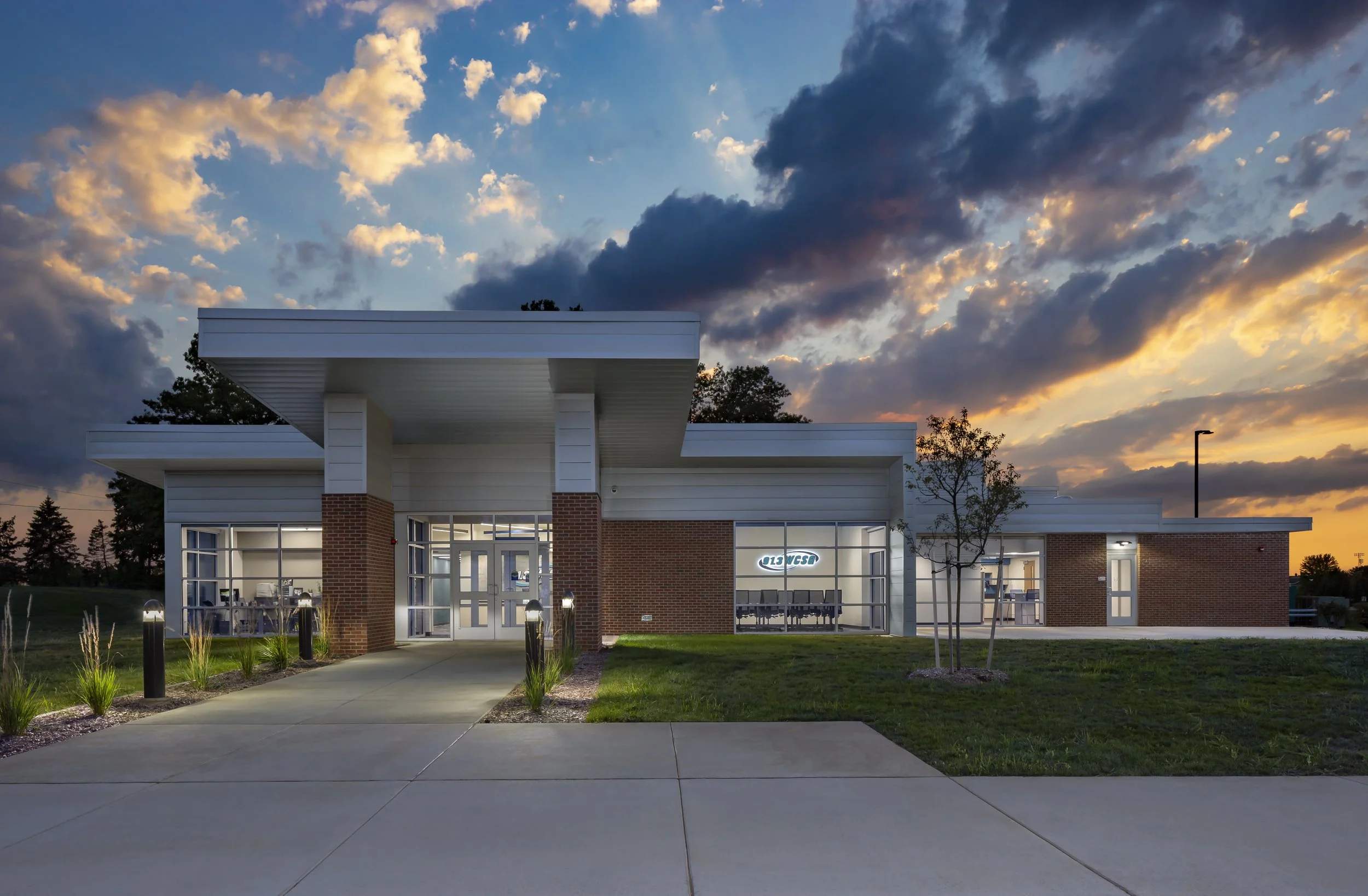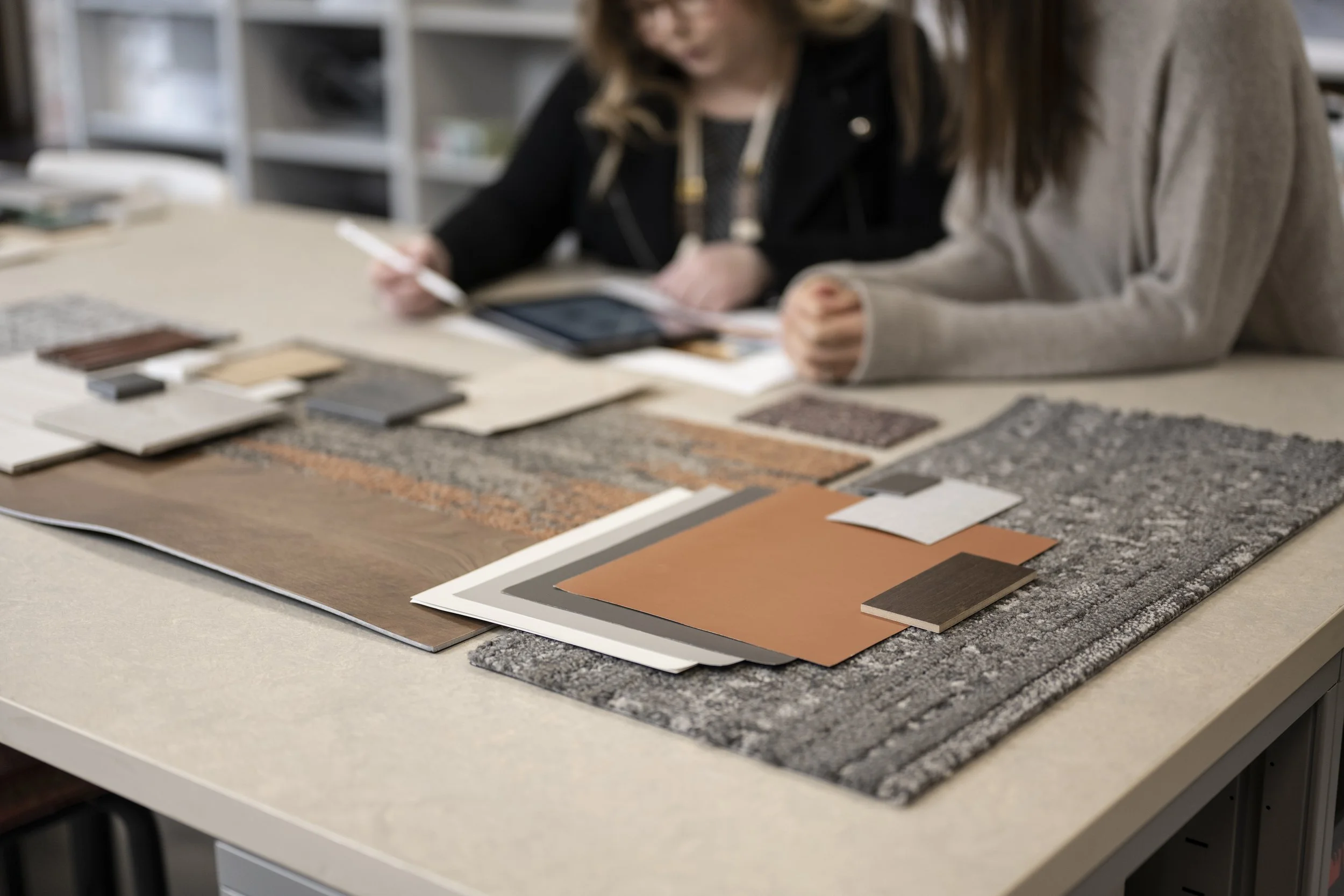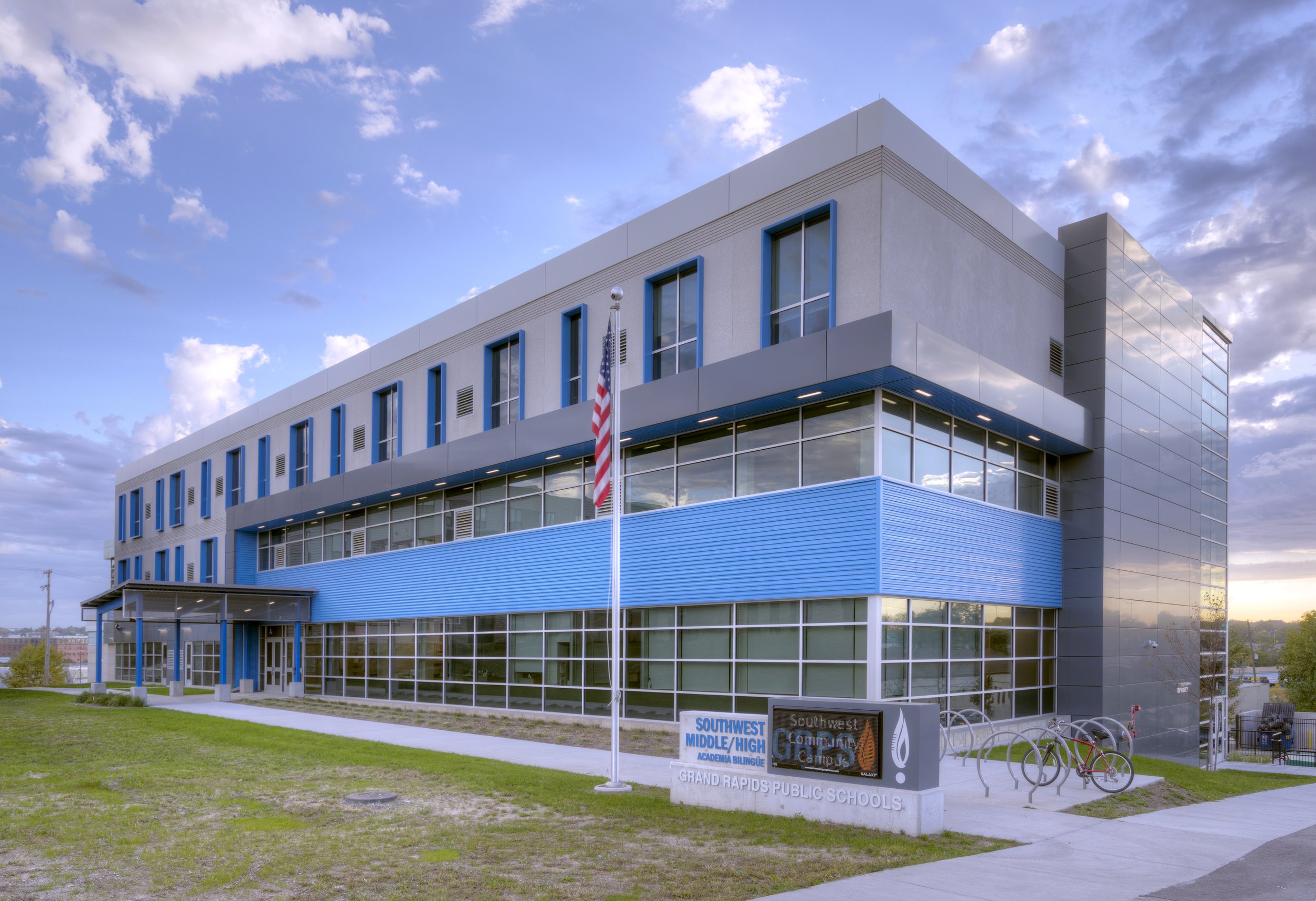Seven Affordable Design Features to Make Your Space More Earth-Conscious
Sustainable design doesn’t have to mean expensive design. Here are just a few ways your project can be kind to the planet, your users, and your budget.
Biophilic Interiors
Highlighting elements of nature in a space, also known as “biophilic design,” connects users with nature. By featuring materials like wood or stone in your design, and bringing in plenty of natural light, you will not only reduce stress and increase creativity among users, but you could also make your project more affordable. For example, biophilic design anchored the color and material selections at the John D. Dingell VA Medical Center’s A3 South building. Low, transparent dividers allow sunlight to flood the space and reduce lighting costs.
Selective Plantings
Choosing the right plants for your site can add beauty and create healthy ecosystems for local wildlife. Native plants, for example, require minimal maintenance because they have adapted to the local climate over centuries without human intervention. The site of Cornerstone University’s WCSG radio broadcasting station features native plants including autumn brilliance serviceberry trees and summer wine ninebark (which is great for pollinators).
Runoff Prevention
Stormwater runoff occurs when rain falls on impervious surfaces, like pavement or rooftops, which disrupt the natural water cycle. Runoff is often polluted and can cause dangerous flooding. There are many ways to reintroduce pervious surfaces that stop this process, however, like green roofs or bioswales. Another method of runoff prevention is the use of rain gardens like the one C2AE designed for the Eaton County’s sheriff substation. This garden will include a variety of native plants that are known to withstand wet conditions, such as swamp milkweed and common fox sedge.
Increased Reflectivity
Heat islands form most often in metropolitan areas where surfaces like concrete absorb the sun’s heat, causing temperatures to rise. In addition to mitigating stormwater runoff, using a green roof on your building will lower temperatures and even reduce cooling costs within your facility. C2AE worked with Gerber Memorial Hospital on an addition to the emergency department, which included a great example of a green roof. The greenery is visible from some areas in the hospital, which may even lower stress and promote healing for patients.
Mindful Materials
As design professionals, we have the power of choice and influence. By making thoughtful selections for materials and finishes on projects, we can have a more positive impact on our collective environment and health. Many furniture, fixture, and equipment manufacturers have developed programs to assist designers, such as mindful MATERIALS. This program was initially a labeling system for material libraries as a quick reference to which products had:
· HPDs (Health Product Declarations) – How does this product impact our users’ health?
· EPDs (Environmental Product Declarations) – How does this product impact our environment?
· Declare – What items are red-listed and contain harmful chemicals?
· Recycled Content – How does recycling, both pre- and post-consumer, make this product more sustainable?
· Cradle to Cradle Certification - What is the holistic view of this product’s lifecycle, impact on users, and impact on the planet"?
The mindful MATERIALS program has since evolved into an organization that champions healthy products for every interior design project.
Alternative Transportation
How do most people get to your space? How walkable is the area around your project? Is this site easy to access via public transportation? Can you add a bike rack? You may find while asking these questions that a few simple steps will decrease vehicular traffic around your site, which could improve air quality and improve user well-being. In 2021, Grand Rapids Public Schools’ Southwest Middle High School qualified for LEED Silver certification based on the building’s urban location, with its proximity to public transportation and provisions for bike parking, among several other sustainable features.
Capture Energy
Solar panels can significantly reduce or even eliminate your annual energy costs. Though it’s still an upfront investment, this technology has become less expensive to implement in recent years. Van Buren Intermediate School District takes advantage of solar energy at their Community-based Transition Center, designed by C2AE. The south-facing slope of the roof accommodates photovoltaic panels. In addition, the building’s lighting controls, occupancy sensors, and low VOC finishes all contribute to the healthy, energy-efficient space. Moreover, the HVAC system is a ground source heat pump to further minimize operational costs.







